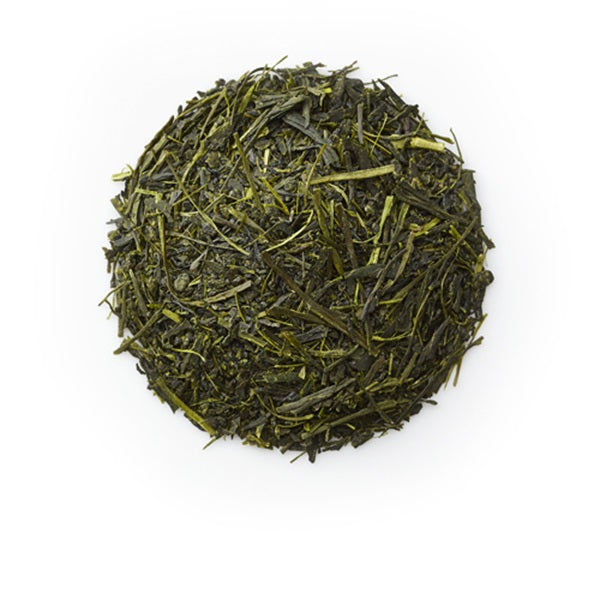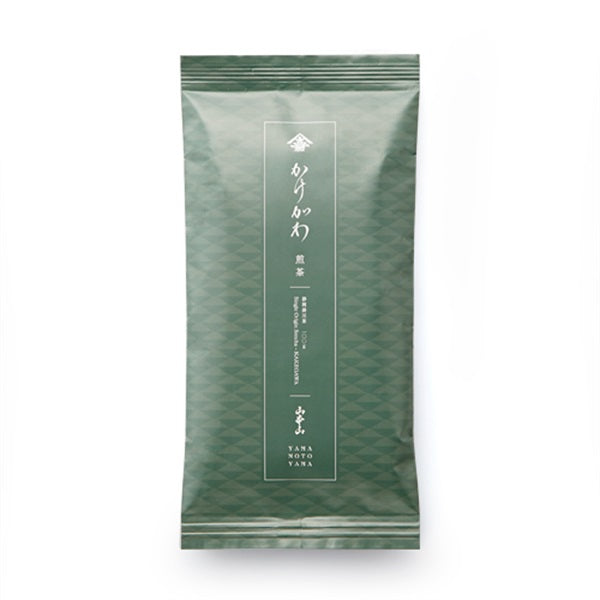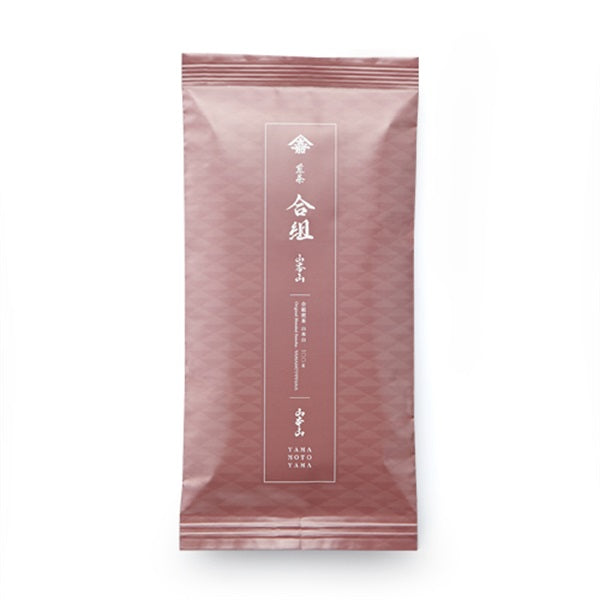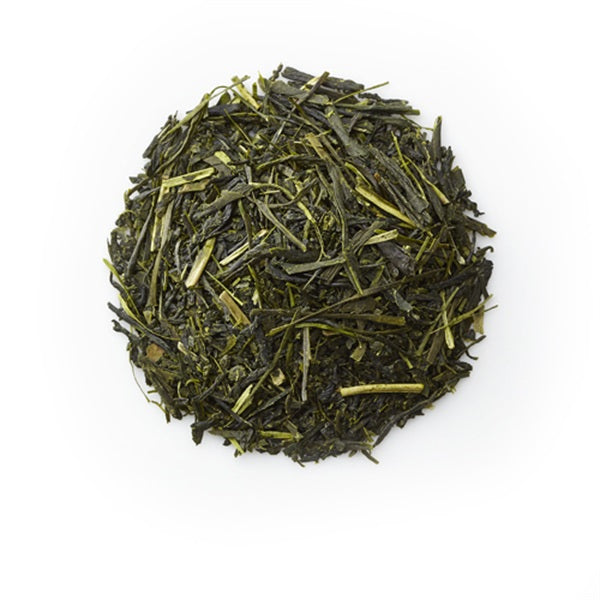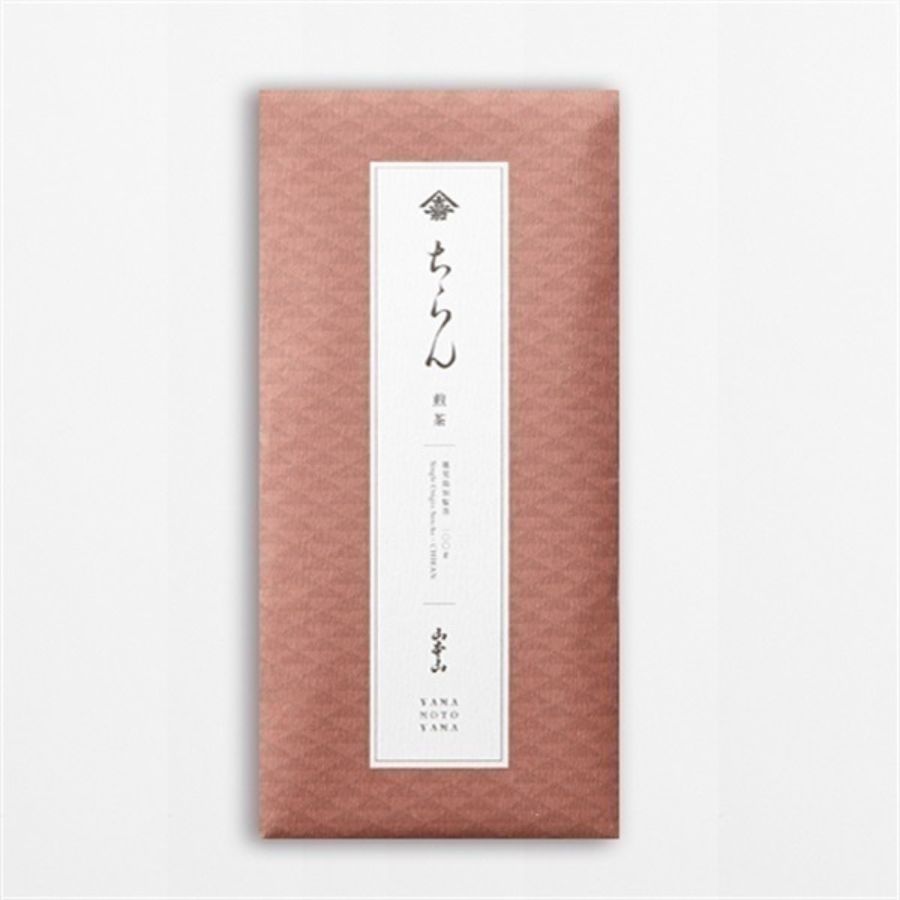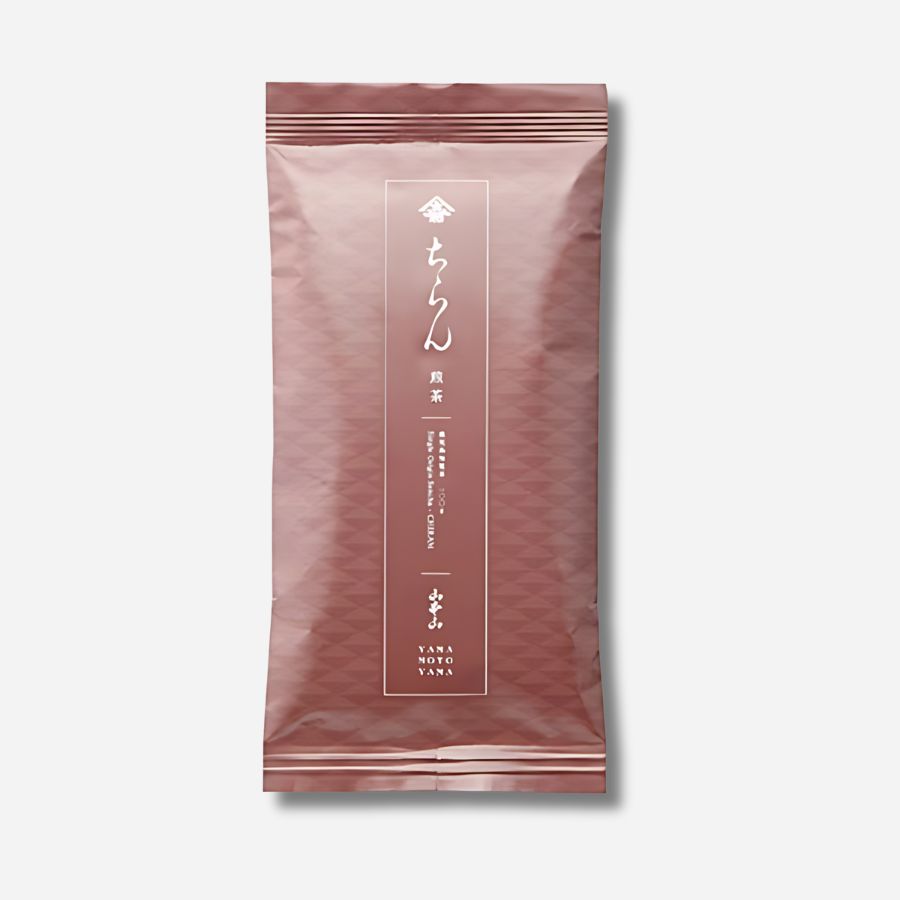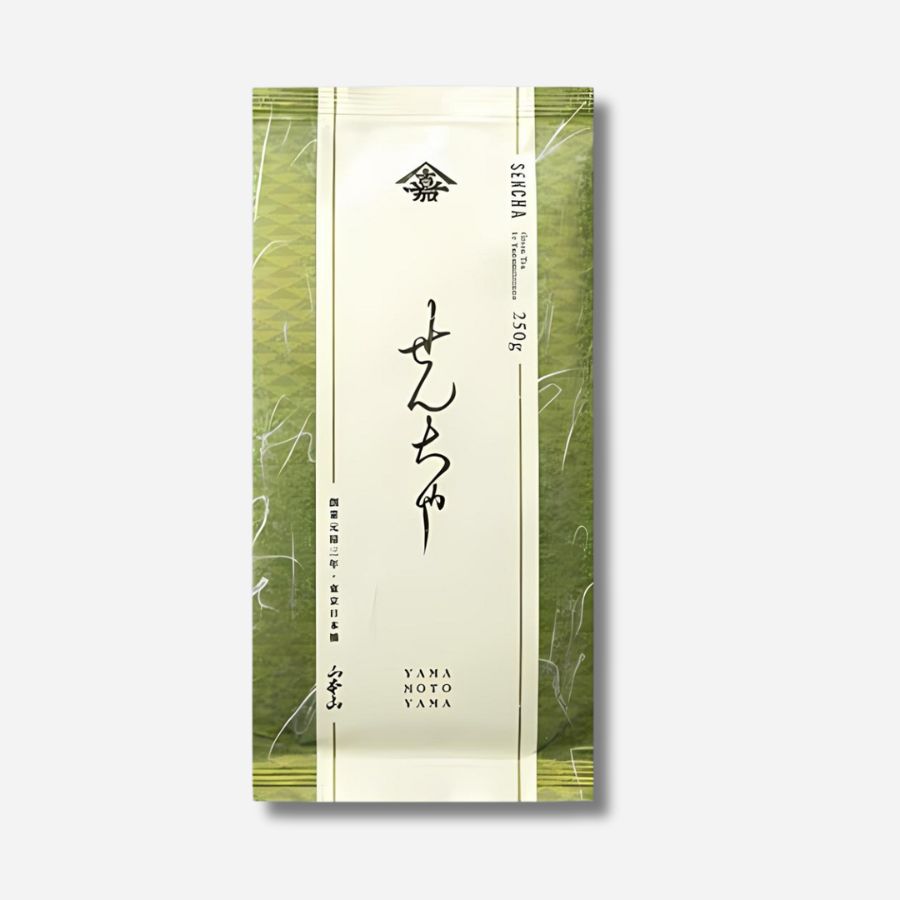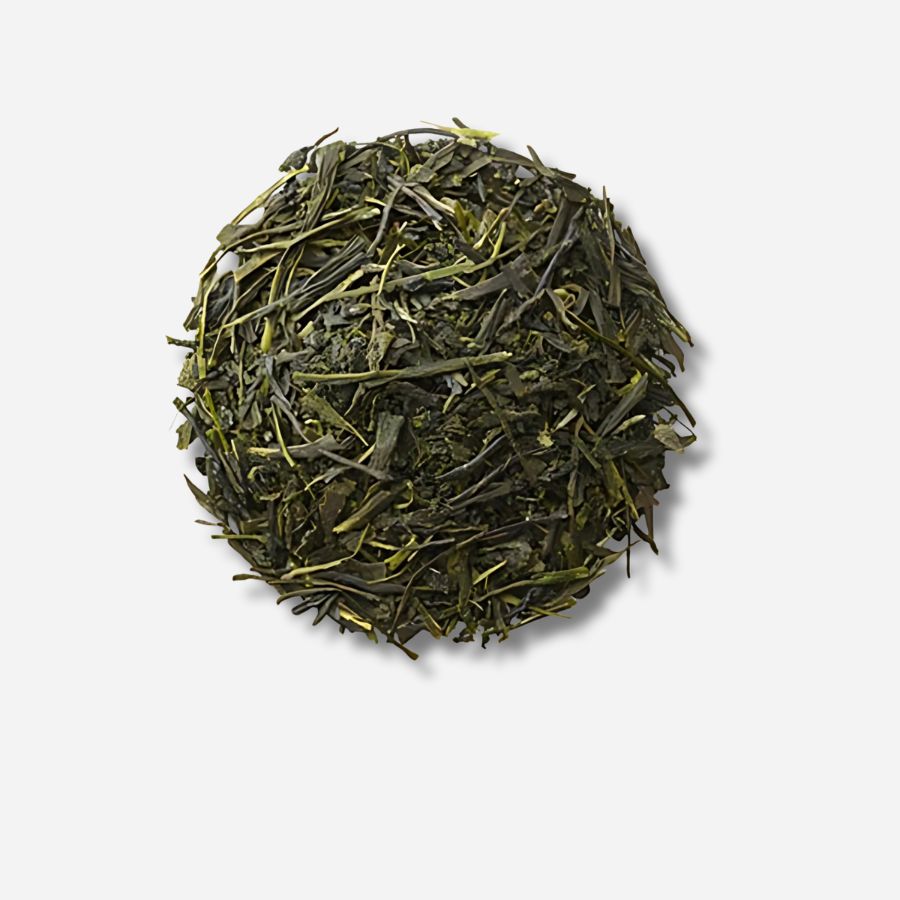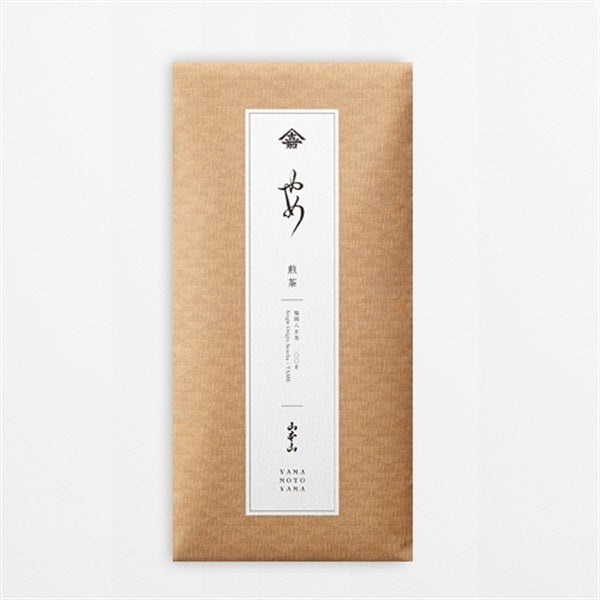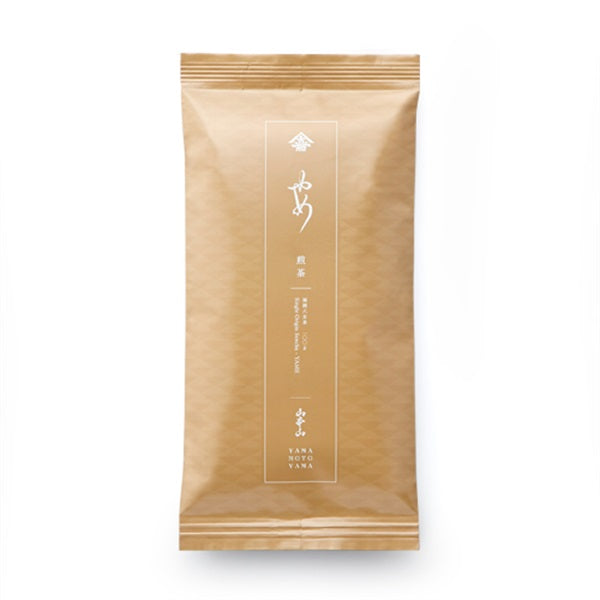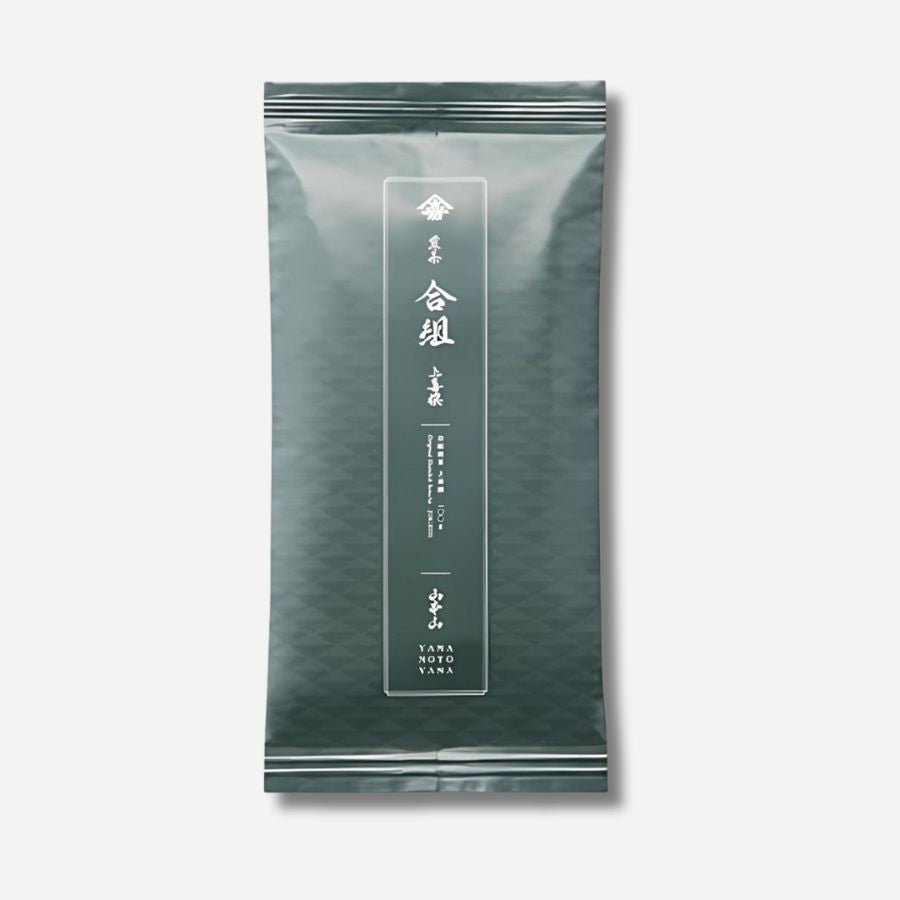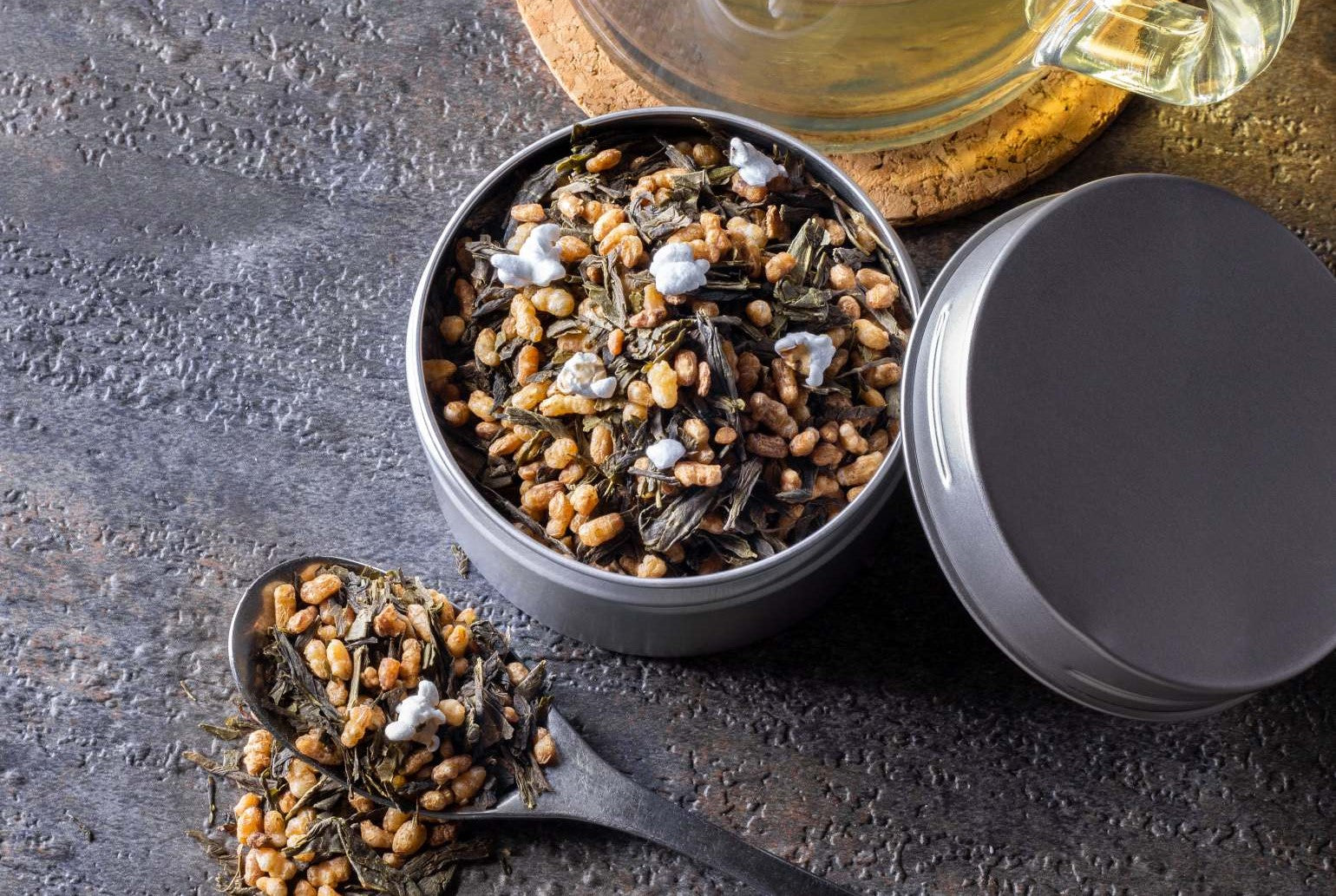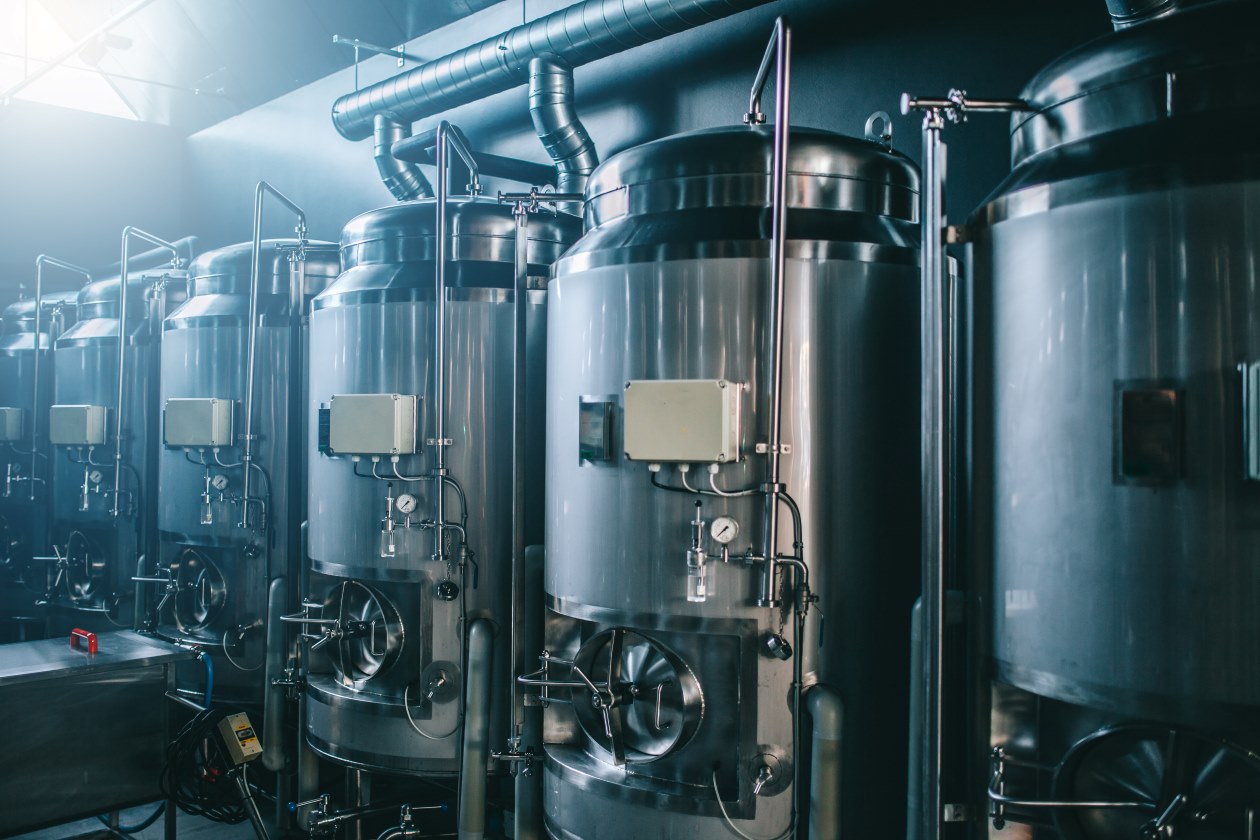
The final steps until the sencha is complete!
Introduction
Tea production is divided into processing up to the stage of "rough tea" and the subsequent processing up to the stage of "finished tea."
The tea is processed into rough tea at a rough tea processing factory near the tea plantation, which then purchases it from agricultural cooperatives and finishing processors to make the tea that we drink every day.
It is only after this finishing process that the tea finally becomes the one we normally consume. 
Finishing and processing the crude tea
Fresh tea leaves picked in the tea fields are first subjected to a steaming process called withering to prevent fermentation, and then repeatedly rolled and dried.
The product of these three processes (steaming, rolling, and drying) is called " aracha ".
This "rough tea" contains old leaves, hard leaves, stems, powder, and also pieces that are not uniform in shape. The moisture content of rough tea also varies depending on the time of production and the rough tea manufacturing factory.

Therefore, finishing processes are carried out to eliminate these variations and stabilize the quality.
It is used to make the shape uniform, to reduce moisture by applying heat to improve storage stability, and to add a fragrant flavor.
In addition, since the taste and aroma characteristics vary depending on the quality of the crude tea leaves, several crude teas are blended to create various grades of tea.
These finishing processes are essential to create the tea that you drink. Let me introduce the basic steps for making high-quality sencha. 
Three steps of finishing process
The order of the finishing process may vary depending on the origin and characteristics of the crude tea, as well as the type of roasting machine used. In some cases, the tea is roasted first (pre-roasting) and in other cases, it is roasted later (post-roasting).
The basic process is as follows:
- Pasteurized dryer (prior fire)
- Comprehensive Finishing Machine
- Wood stalk separator, etc.
- Fired dryer (after heat)
- Combining machine

1. Selection and shaping
Powder and small fragments are sifted out from the rough tea using sieves that move in a variety of ways, such as a parallel sieve that moves back and forth horizontally, a rotating sieve that rotates horizontally, and a vibrating sieve that moves vertically up and down.
The large leaves on the sieve are cut into smaller pieces, shaped, and then returned to the sieve. "Comprehensive finishing machines" that can perform all of these tasks in one machine are also widely used.
In addition, the parts called "honcha" are selected using a sorting machine called a "Tomi," which uses wind power to separate the lighter parts of the tea, a wooden stem separator that uses static electricity, and a color-based wooden stem separator that separates the tea by color.

2. Heating and drying
Because the selected tea leaves vary in shape and size, they are separated into different parts and then dried and roasted at the appropriate temperature for the appropriate time.
At this time, new tea and high-quality tea are generally roasted at low temperatures to retain their fresh aroma, while mid-grade tea and bancha are roasted at high temperatures to bring out their fragrant aroma.
There are various types of pasteurization machines, including those that use high-temperature hot air, those that use an open flame to heat a rotating iron drum, and those that use far-infrared rays. The strength of the pasteurization aroma (fire aroma) varies depending on the preferences of consumers in the target sales area. 
3. Combination
The taste and aroma of tea varies depending on the variety and the place where the crude tea is grown.
The quality of the tea is improved by combining them. Blending several types of tea is called "Gogumi" and the finished tea is made.




